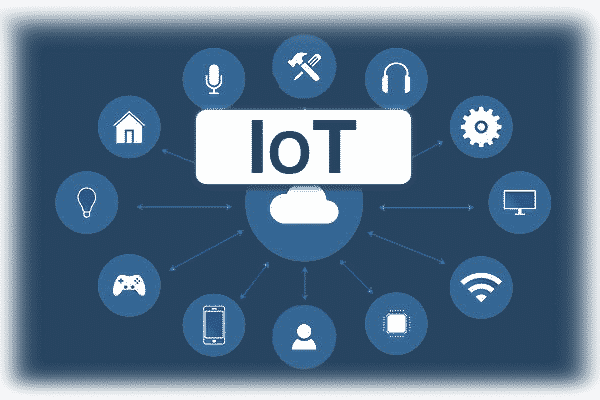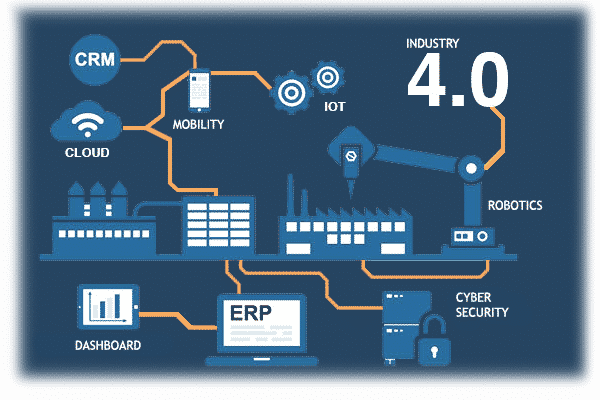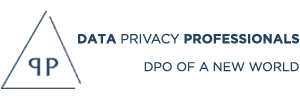Personal data: the engine of digital transformation and the shift from product-oriented to service-oriented business models
The digital transformation
1
First phase
A first phase of the digital transformation started with the passage from an analogue to a digital world based on the digitization of analogue information such as papers, documents, etc. This phase followed the development of the Internet and the “age of access”, so that it is almost beyond us since most companies either public or private have passed it by now.
As an example, think of the French public unemployment office (Pole emploi) which now proposes a comprehensive on-line service offer to recruiters or candidates – including the initial registration step
2
Second phase
The second phase of the digital transformation impacts businesses and societies on a larger scale and is called digitalisation (Victor and Babaci-Victor, 2017). This phase might be following the creative destruction concept as described by Schumpeter (1934) even though the creation part remains to be proved.
Domains such as technology, finance, health, industry, customer service, utilities, hospitality either benefit from this change or are jeopardized and need to adapt very quickly
Those changes result from :
· The introduction of new technologies linked to
→ Artificial Intelligence (e.g. smart robots)
→ Big data (e.g. predictive behaviour of customers)
→ Internet of Things: devices connected to the Internet such as watches, TVs, cameras, CCTV and fridges interconnecting between each other without requiring a human intervention
· New usages: MOOC (education)
· New user-centric business models: e.g. Uber

The Internet of Things (IoT)
IoT equips all products with sensors measuring various parameters such as: pressure, temperature, humidity, vibration, rotation, orientation, contact, compass, gyro, accelerometer, heart rate.
IoT measures and monitors continuously the parameters of the equipments or of the data subjects (e.g. Fitbit). The data or parameters of the equipments are stored on the device and/or are transferred to a service provider in charge of delivering the services.
IoT covers two major markets:
• IoT for businesses linked to industrial equipments (part of the industry 4.0)
• IoT for consumers
Big data
Big data enables the processing (analyze, aggregate, concatenate, infer) of a comprehensive suite of data collected by an enterprise (via CRM tools, social network comments, search engine results, web portal history, etc.) and its eco-system of partners in order to deduce patterns and trends serving to:
• increase the prospect/customer conversion rate
• profile the customer
• predict future behaviour of customers either at company or at an
individual (end user / employee) level
• qualify and minimize risks (e.g. insurance, banks) linked to individuals
“Big data corresponds to a set of algorithms such as the Hadoop suite analyzing the data lake and inferring predictive behaviours from it.”


Industry 4.0
A new industrial revolution (the fourth industrial revolution) has started and is based on artificial intelligence and digital manufacturing.
Some examples concern artificially-intelligent robots and self-driving cars. This evolution embraces also the digital shift in the sense that a matrix of internet-enabled sensors will soon link factories with customers and suppliers.
“It results in a seamless integration regarding IS (Information Systems) systems within the eco-system of partners / subcontractors such as the supply chain integration between a car manufacturer and its set of sub-contractors.”
Price per usage
Another trend characterizing current business models corresponds to the shift from products to services which started slightly before the digital transformation.
Companies stopped selling goods but instead sell services as shown by the pay per user approach and the price per usage.
This shift was favoured by the digital transformation because selling services instead of products requires becoming customer-centric instead of product-centric and therefore necessitates an increased and detailed knowledge regarding customer behaviour. Profiling is part of the DNA of the “pay per / price per” approach.
This shift also enabled companies (customers) to move from CAPEX (capital expenditure) to OPEX (operating expenditure) with as a consequence that:
• the level of upfront investments has been drastically reduced
• costs are covered by the pay per usage annual model reflecting the actual usage of the service
• decision makers differ depending whether CAPEX (investments) or OPEX (running costs) are required
• OPEX costs decisions are made at operational levels (and not at strategic levels)
• OPEX decisions are made at a lower hierarchical level than CAPEX investments decisions
Several examples illustrate this approach in the B2B (Business to Business) industry:
• Aviation industry
○ Power by the hour (Boeing) enable airlines to buy functionality (flying engine) and not spare parts.
• The software industry sells their products and infrastructure either via
○ SaaS (Software as a Service),
○ PaaS (Plateform as a Service),
○ IaaS (Infrastructure as a Service) business models.
In B2C (Business to Consumer), several examples demonstrate this approach:
• The telecom industry which sells monthly subscriptions (all inclusive) regarding mobile services to their end-users
• Car dealers selling monthly leasing agreements (long-term rental or leasing)
• Banks selling monthly packages (including the annual cost of the credit card)
The sharing economy
The sharing economy (B2C) enables individuals to become producers and consumers (prosumers) at the same time. Producers and consumers are virtually meeting on an internet platform where the transaction takes place. If different business models exist (e.g. sharing, renting, leasing, etc.) the platform (and therefore the service provider running the platform) corresponds to the place where the virtual transaction takes place.
Some famous examples regarding the sharing economy could be :
• Car sharing: Blablacar
• Rent your car: Drivy
• Alternative to taxis: Uber
• House sharing: AirBnB
• Consumer-to-consumer product sharing / renting / selling: Leboncoin, E-loue
All above companies focus on the service and not on the product. A user-centric approach requires in essence a profiling approach corresponding to the collection, analysis and prediction of the customer behaviour. These business models require the processing of personal data on a large scale.
Personal data: the energy powering the transformation
According to the European Union, personal data is defined as any information linked to an identified or identifiable natural person (data subject or individual). The previous sections describing the digital transformation and the shift to services showed that in essence and in order to be successful, new business models tend to oblige companies to collect,process (assemble, analyse, aggregate, link, modify, alter, etc.) personal data on a large scale in order to deliver the services and/or to increase performance.
